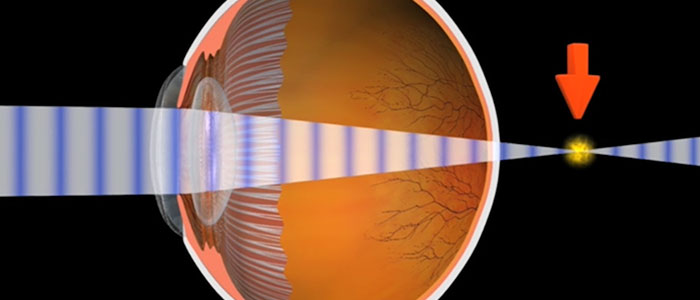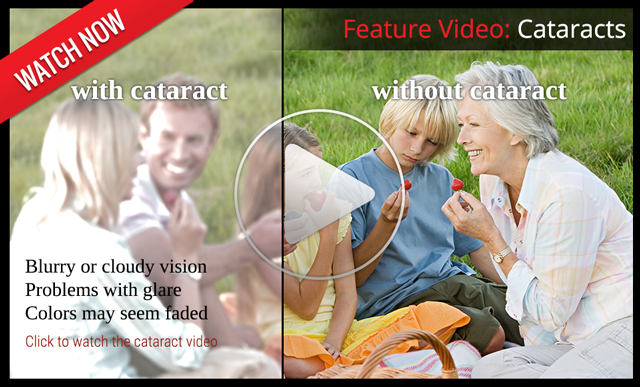
There are two basic types of astigmatism; myopia and hyperopia. These two types affect up to one third of the population and can be treated in a variety of ways from corrective lenses to surgery.
Myopia, or nearsightedness occurs when the eyeball is slightly longer than usual from front to back or the shape of the cornea is too steep. This causes the light entering the eye to come to a focus in front of the retina which results in a blurred distance vision.
Hyperopia, or farsightedness is the opposite of myopia. It occurs when the eyeball is slightly shorter than normal, or the shape of the cornea is too flat. This cause the light entering the eye to come to a focus behind the retina, which results in blurred near vision. Distance vision may also be blurred depending on the severity of hyperopia.




